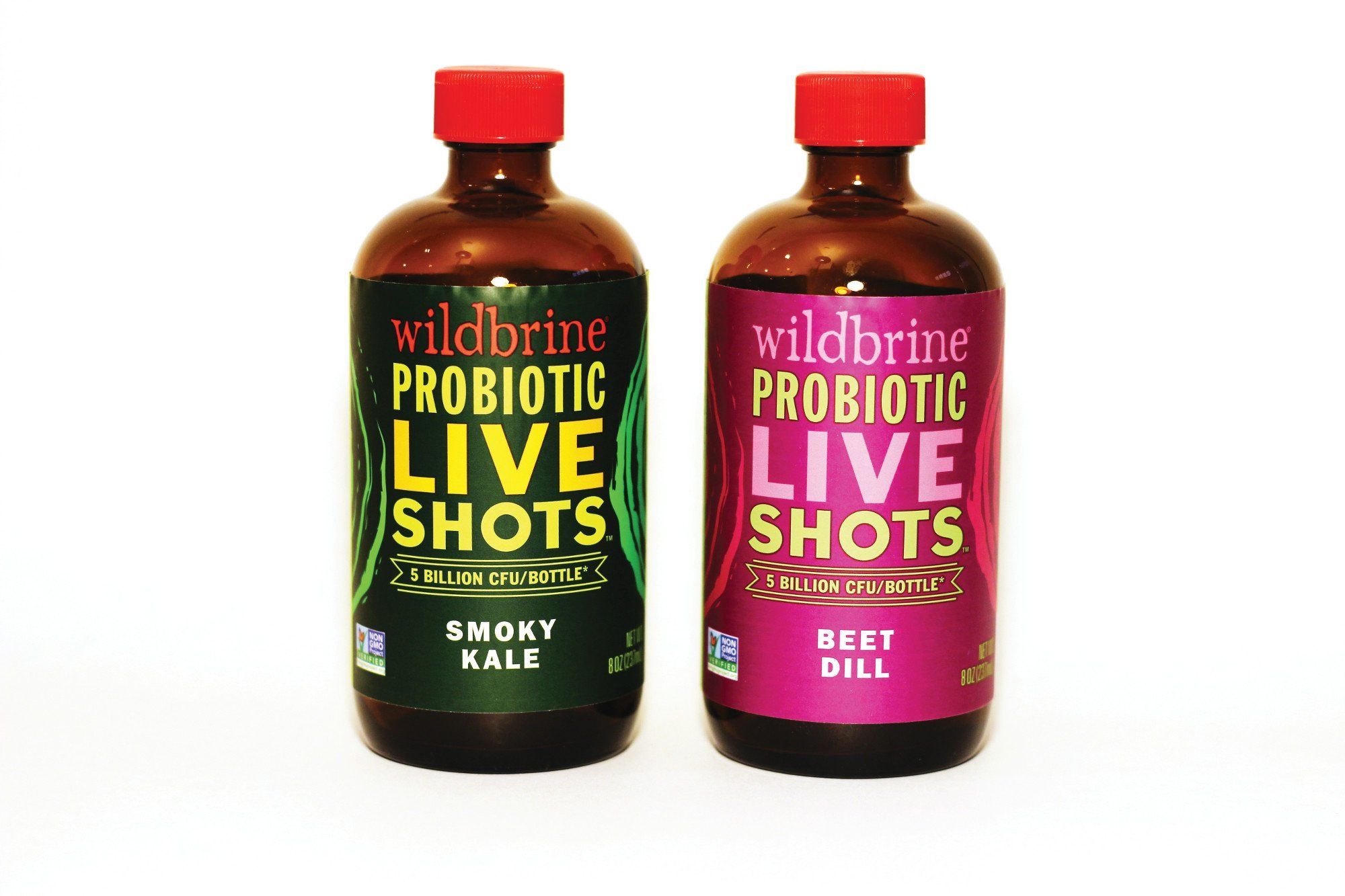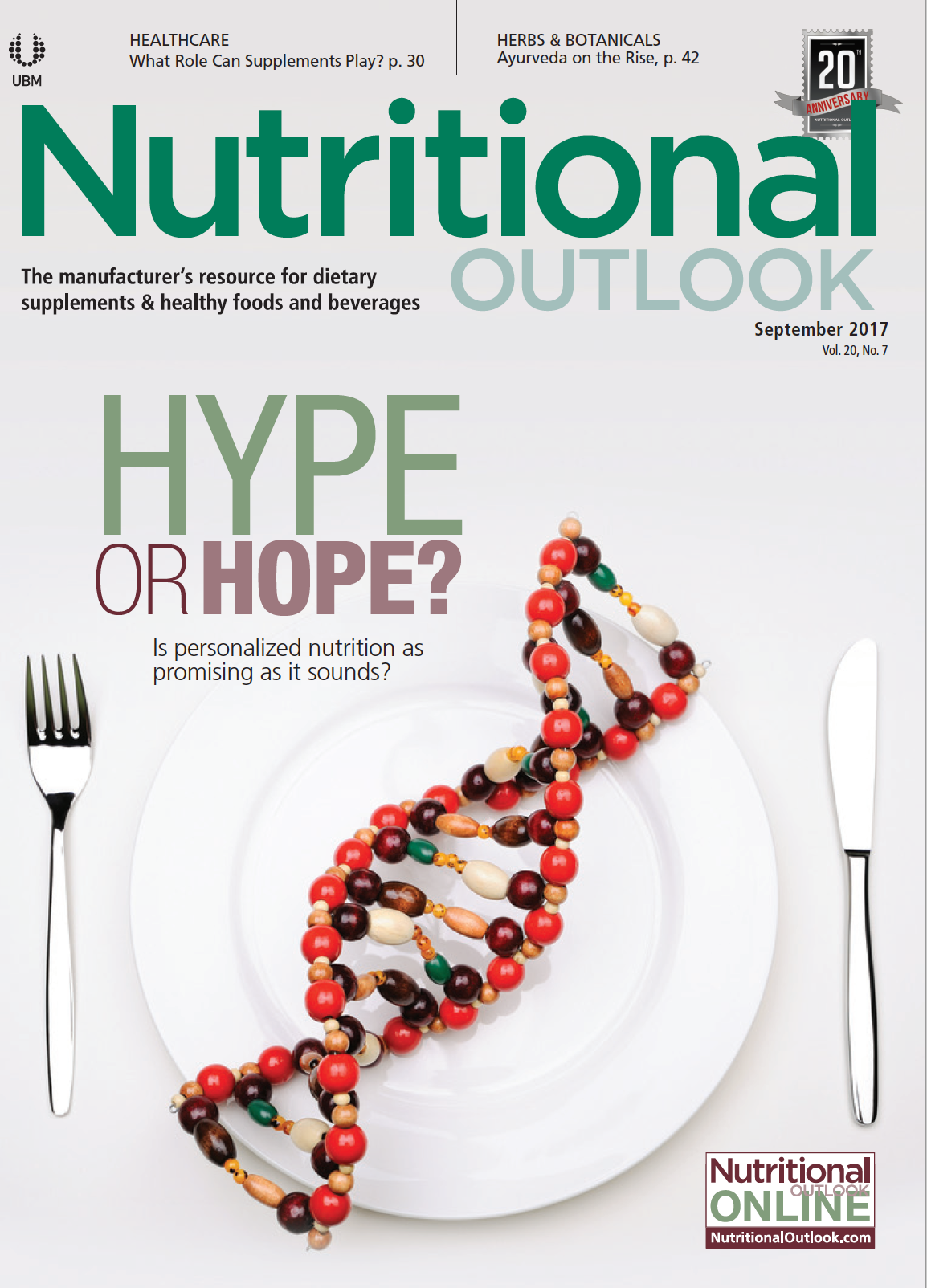Probiotic Product Trends: From Yogurt to Kefir
Where do probiotic foods, beverages, and supplements stand today?
Photo by Matthew Grebow

Consumers remain interested in probiotic products, including yogurt, fermented beverages, and dietary supplements. Even so, the percentage of global foods and beverages formulated with probiotic ingredients still remains relatively low. Less than 2% of global food and drinks launched in April 2016-2017 contained probiotics, according to Innova Market Insights data. That number is a little higher in the United States, rising to nearly 3%.
Dairy remains a strong market for probiotics globally, accounting for 60% of the food and drink launches featuring probiotics. Probiotic yogurts became mainstream in the United States in early 2006 with the national launch of Dannon’s Activia spoonable probiotic yogurt brand featuring Dannon’s exclusive Bifidus regularis culture and claiming to be clinically proven to help regulate the digestive system. (By this time, Dannon’s probiotic yogurt had already been available in Europe for a decade, having started out in France in 1987 under the Danone Bio name.) The Activia brand achieved almost instant success in the United States, with sales reaching over US $150 million in its first year and effectively taking the probiotics market out of the specialist dietary supplements market and into the mainstream yogurt sector. Numerous other brands followed Activia into the probiotic yogurt market over a period of years.
What those yogurt brands did not know then was the regulatory difficulties they would eventually face, particularly in Europe, as the European Food Safety Authority declined to recognize health claims for probiotics. Years later, still facing this uphill health-claims battle, marketers have started to turn their focus to more general health and fitness positioning for probiotic yogurts, often combined with a greater emphasis on indulgence.
Take Activia. In the face of falling sales and rising levels of competition from cheaper rivals, Activia embarked on a global relaunch in the last quarter of 2016, initially in 35 countries, in an attempt to elevate the brand’s premium status and strengthen its digestive-health positioning. Early indications are that this strategy has not been as successful as the brand might have hoped, however, and has been negatively compounded by ongoing problems in parent company Danone’s fresh dairy business that adversely affected company performance.
U.S. Market
While many foods and beverages now tend to downplay their probiotic content, with probiotic health benefits now positioned as just one of a number of benefits, Activia does continue to market itself as a probiotic yogurt in the United States. In fact, the brand has expanded its range there to encompass fruit, fruit-on-the-bottom, “light,” Greek yogurt, fiber rich, and lactose-free varieties, as well as a number of dairy drinks, all with a focus on digestive health. (Activia’s sister brand, DanActive, the dose-delivery probiotic drink sold as Actimel in other countries, continues to be marketed on an immune-support platform, but along with rival Yakult has failed to create a probiotics drink market as successful as those in Asia and Europe.)
Within the U.S. dairy category, spoonable dairy yogurts continue to be by far the leading user of probiotic cultures, accounting for 86% of total launches featuring probiotics, with market penetration of over 49%. Probiotic content is such a common selling point in the U.S. that often spoonable yogurts now have to offer other benefits to compete. Greek yogurt was an early trend in the yogurt market as a whole, but now trends also include Icelandic-style options, as well as clean-label and “free from” products and claims such as “all natural,” “grassfed,” and “organic.”
Kefir Time
Another product type that has benefited from marketing its probiotic content is kefir, which has been moving mainstream in recent years. While kefir launches still remain relatively limited globally, Innova Market Insights data indicate that they grew more than threefold between 2011 and 2016. Comparatively, launches in the overall drinking yogurt/fermented beverages sub-category rose by a lower 60%.
The United States pioneered the kefir market in the west, taking it mainstream and bringing it into direct competition with other dairy and non-dairy beverages. Kefir is strongly promoted on its health benefits, and all U.S. and nearly 94% of global launches used some kind of health positioning in 2016. Health claims initially emphasized kefir’s probiotic properties, particularly focusing on its digestive-health benefits, but there is now also rising activity in low-fat and reduced-sugar claims, while organic and lactose-free varieties are also increasingly common.
Supplements
Probiotic dietary supplements are more widely used in the United States. At this point, the U.S. market is relatively sophisticated and highly segmented. As well as traditional tablets and gelatin and vegetarian capsules, there are also large numbers of chewable products and liquid supplements in powder or ready-to-use formats.
Probiotic supplement companies target a range of different consumer groups and need states. Swanson Vitamins, for example, has been very active introducing new products in recent months. Its product line includes probiotic blends; premium-style options; probiotics plus additional ingredients such as enzymes or vitamin D; and probiotics specifically for kids, women, and seniors.
Trendy Ingredients
Forward-looking probiotic marketers are now focusing on new delivery formats using on-trend ingredients. Examples include a range of liquid Coconut Water Probiotics from Inner-Eco, and Wildbrine’s Probiotic Kimchi Live Shots featuring natural probiotics from wild fermentation in a range of flavors, including Zesty Thai, Spicy Korean, and Citrusy Japanese.
Innova Market Insights is your source for new-product data. The Innova Database (www.innovadatabase.com) is the product of choice for the whole product-development team, offering excellent product pictures, search possibilities, and analysis. See what food manufacturers are doing around the world: track trends, competitors, ingredients, and flavors. In today’s fast-moving environment, this is a resource you cannot afford to be without.
Photo: From sauerkraut, kimchi, and salsa brand Wildbrine comes Kimchi Live Shots. As the brand describes, “Kimchi Live Shots are their own unique creation, not just the leftover brine from our kimchi batches. We reduce the salt and spice and add more fruit and herbal goodness to really balance out the flavors. The result is a savory yet refreshingly raw, fermented beverage that makes absorbing all your probiotics a breeze.” Pictured: Two of the newest flavors, Smoky Kale and Beet Dill.
Also read:
What Will It Take to Expand Probiotics’ Customer Base?
Probiotics: Research Beyond the Belly...and to the Brain and Heart
2017 Ingredient Trends to Watch for Food, Drinks, and Dietary Supplements: Probiotics
DuPont Launches Howaru Shape Probiotic for Weight Management

Polyphenols: The next generation of prebiotics is ready for liftoff
April 21st 2025Explore the prebiotic health benefits of polyphenols and the positive impact they may have on digestive and immune health. Polyphenols, such as those found in European black elderberry, may be an ideal solution for manufacturers trying to break into the digestive health space.

























